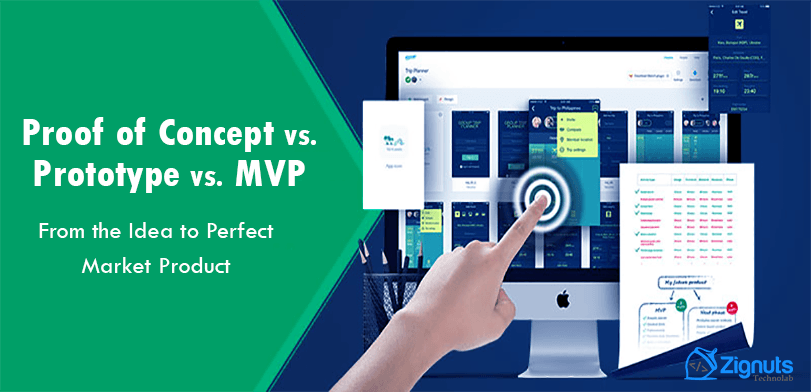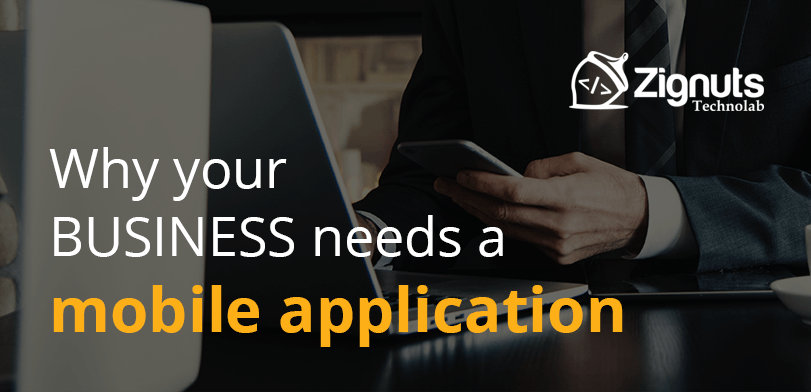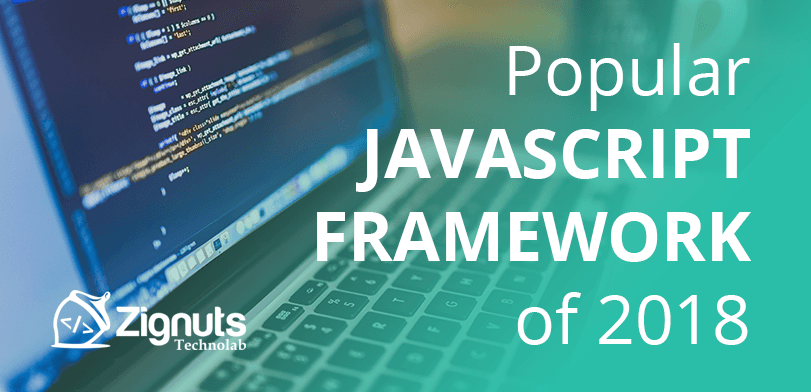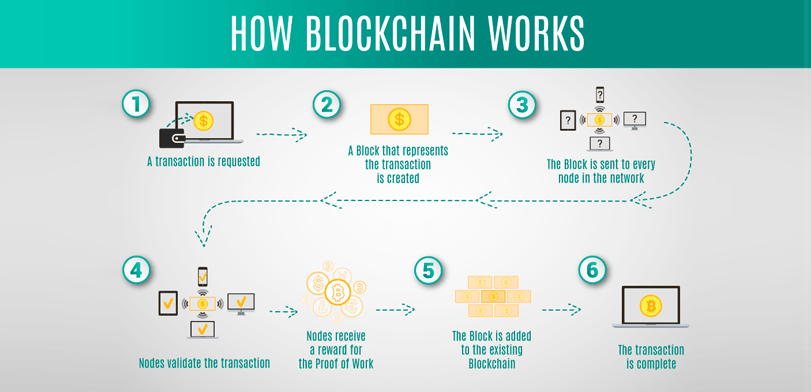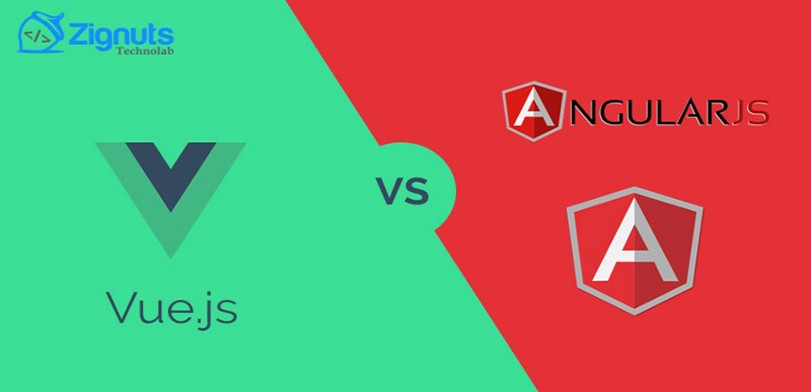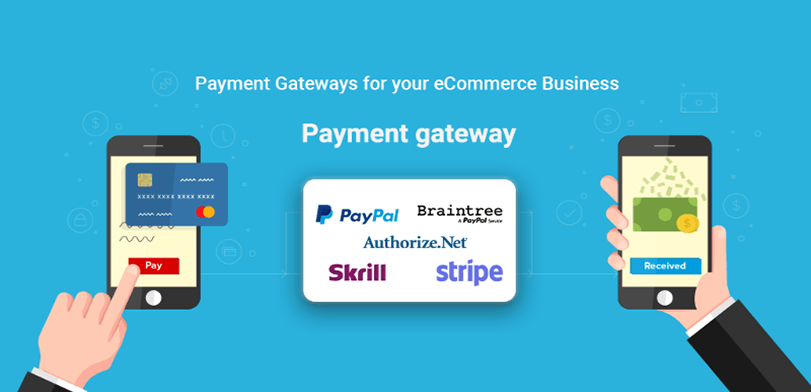Many startups struggle to determine whether creating a POC, Prototype or MVP or a blend, is the right map for their project. Recognition and suitably utilizing these 3 different methods will assure that your product idea is introduced well by stakeholders and users, increasing the possibility of success of your product launch.
So what does it mean when techies and stakeholders discuss a POC, MVP, or a Prototype for their product? What’s the difference between these terms, and why do they value?
Through these concepts we will drive you to the path to the perfect market product is a process of building stronger market validation for any startups— proof of concept, building prototypes, and launching MVP are essential stages throughout the journey.
Market Validation
Market validation is the way to confirm that your idea is a solution to a problem startups actually looking for.
Some industry consultants define market validation as a study classified into distinct user segments, testing their affection to your solution. However, we take the view that market validation is not a single action or event, but the thread that ties your whole business model together from proof of concept (POC) to Perfect Market Product.
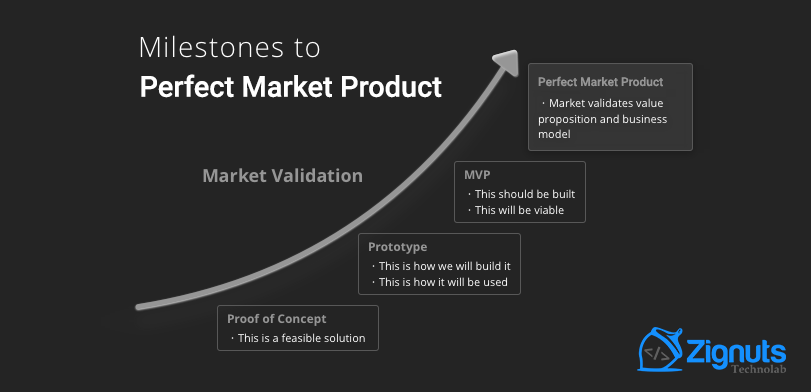
You don’t need a minimum viable product (MVP), or even a prototype, to start market validation. You just need an idea, open ears, and honest tongues. As soon as you have an idea you want to execute, you should talk about it!
At the initial stage, you can ask friends, family, different business gigs and entrepreneur startups you know. Then, to the highest extent possible, reach out to your network to gather more from people that are more likely to give it to you straight.
If your idea is validated through your internal and external network, you should design a plan to advance market validation through your product development cycle. An initial step is to define your market. Who will be using your product? Whose pain point are you helping to alleviate?
Here are some fundamental questions to help you to identify and define your market:
- What types of companies do potential customers work for?
- How big is the firm?
- What is their position?
- How would this product impact on their need?
- How can you reach them?
If you can recognize the answer to these questions, you are on your way to defining your market. This will be effective when you are ready to launch a beta version and reach out to your potential audience.
Proof of Concept (POC)
According to Wikipedia, POC is a realization of a certain method or idea in order to demonstrate its feasibility or a demonstration in principle with the aim of verifying that some concept or theory has practical potential. A proof of concept is usually small and may or may not be complete.
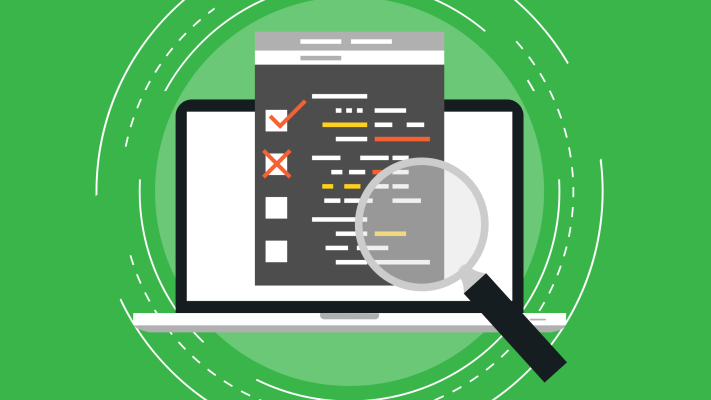
In software development, proof of concept is a technical application to illustrate that your idea is operationally feasible. Your POC will be used to harvest support from internal stakeholders but will not be perceived by the market audience.
A POC isn’t the first version of your app, it’s the process of validating your assumptions and your business model.
In one short sentence, POC is all about testing if a certain idea or concept is feasible or not. This method implies a really small, internal project, that has the end result of everyone involved understanding whether the idea has legitimate potential or not.
An excellent example of a company that has proven its concept and is moving towards MVP is a client of ours, FSTS — Trading System. Their objective is to allow users to convert and send Bitcoins by paying through PayPal. From the very basic concept, they first planned to build a POC to analyze the feasibility of the operation with team Zignuts.
Now they’re currently beginning a round of fundraising to turn their proof of concept into a scalable crypto product.
Prototype: Design Layout of how your desired product would be
Recognizing “what” to build is the first step. Understanding “how” to develop is the next one. And this is where a Prototype of the system you have in mind comes in very, very handy.
Prototyping is a valuable method to visualize how your product will be operated, demonstrated to the end-user, describe the flow, and give an overall idea of the design and layout of your desired system.
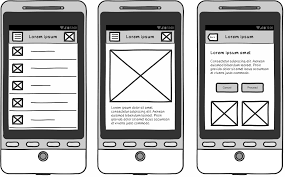
When it comes to software, a Prototype usually includes the following:
- Paper Wireframes
- Interactive Wireframes
- Design/Layout
- Working Mockups
- User Flows
If you have a good prototype, your developers are more likely to deliver the best product that you desired.
MVP: Minimum Viable Product
Prototype often lead an MVP and work collectively to create a successful end product.
So, what exactly is an MVP?
A minimum viable product or MVP is a fully operating and market-ready product that is built with only the essential features to meet the early adopters (your first shipment in the sea) and directly approach the problem and opportunity in the market. Think of it as your Prototype brought to life through code.

In another word, an MVP is a minimal form of your complete product that is experimented in the market. This allows you to identify how your users will react to your product before you spend a lot of funds and resources building something they don’t crave or demand. While a Prototype improves problems during the initial stages of development, an MVP’s iterative process that designed to classify users’ pain points when the product is actually tested in the market.
The goal of an MVP is to have as lean of a product as you can in the marketplace so that you can determine what features, functions, operations, and experiences the market actually demands, as opposed to which of that stuff you assume the market would demand. Zignuts have developed an MVP of Routify — Transit, Maps and Traffic successfully in the google play store to place their idea in the market to identify the market demand and user’s needs in order to maximize the functionalities of the app.
You want to counter the bloat of your application by strictly giving users access to core functionality, and only succeeding building additional features when you’re confident that they will be useful.
Let’s Sum up…
POC vs. Prototype vs. MVP
Proof of Concept: POC identifies the operational feasibility of the concept.
It is the simplest, fastest, most precise way you can think of to either confirm or infirm your thought about the user and your app.
Prototype: Prototype helps you to visualize the actual design and flow of your idea or system i.e. actual blueprint of the idea
In order to get the look and feel of the system and make enhancements to the design and development plan where necessary, prototype is pretty much useful.
MVP: It helps you to recognize the core value of the system.
The MVP version of the product that you can launch into the market would encourage you to gain valuable insights into how users interact with the system. It simply you can say high-retention in a small investment.
Exploration and experimenting using these techniques will deliver greater end results and produce products that are above all, worthy to the user. With a better understanding of POC, Prototype, and MVP, you’ll be able to avoid typical product development mistakes by testing for feature validity or market viability to ensure product success.

